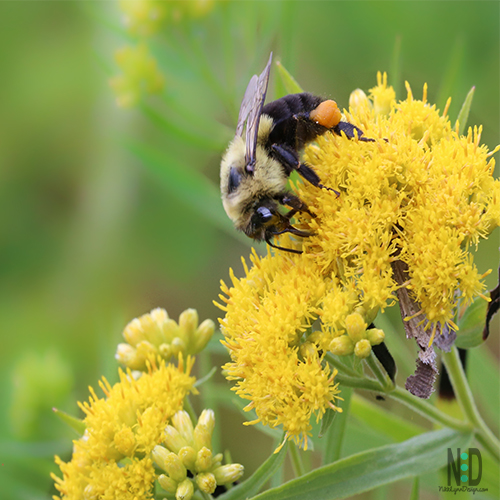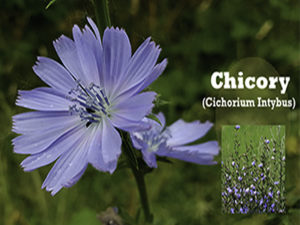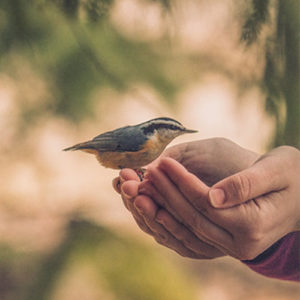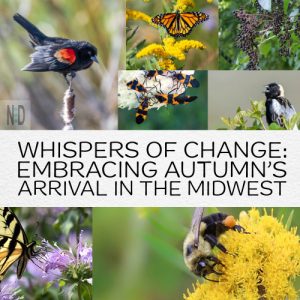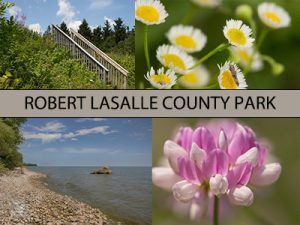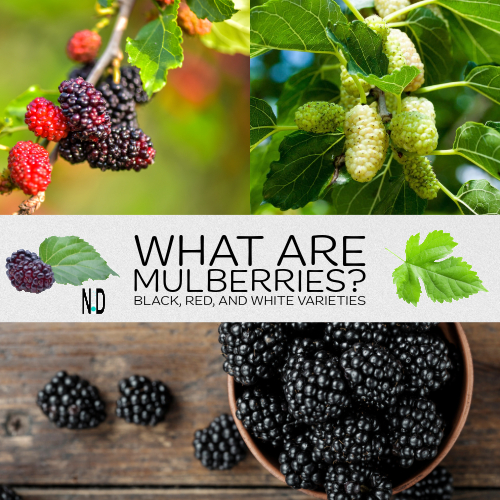As the sun rises gently over Wisconsin’s rolling meadows on this crisp summer morning, I find myself wandering the wildflower paths, captivated by the buzz of life around me. It’s moments like these that remind me of nature’s quiet symphony, where every creature and bloom tells a story of resilience and beauty.
Drawing from my own rambles through these fields, let’s dive into the enchanting world of bumble bees, monarch butterflies, Eastern Harvestmen, Burdock, Spiderwort, the Red Admiral butterfly, Cottonwood Trees, and Bullhead Lilies. These summertime treasures have always sparked my curiosity, turning simple walks into adventures full of wonder and wisdom.
The Buzz on Bumble Bees: Nature’s Pocket Carriers
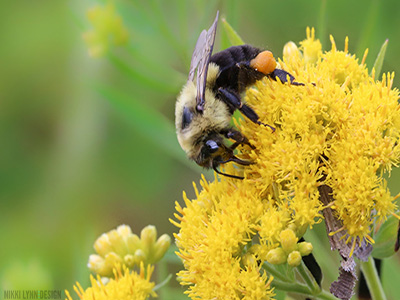
Have you ever watched a bumble bee dart from flower to flower and wondered, “What’s in your pocket, little friend?” It’s a question that popped into my mind during one of my early morning hikes, as I observed these fuzzy pollinators hard at work.
In my own explorations, I’ve seen how this process is a masterclass in efficiency, especially among the vibrant blooms of midsummer. It’s not just fascinating—it’s a vital part of our ecosystem, as these bees help pollinate everything from wildflowers to our gardens. Fun fact: A single bumble bee can carry pollen loads equivalent to half its body weight, turning each flight into a heroic journey.
Monarch Feasting: A Dance on Milkweed
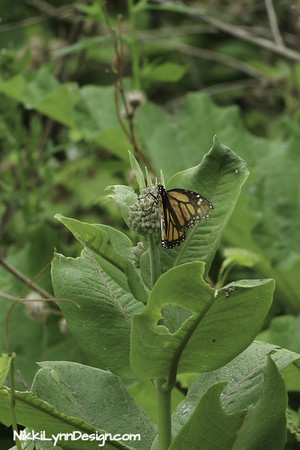
Stepping further along the path, I spotted a monarch butterfly gracefully feeding on one of the 12 varieties of milkweed that thrive in Wisconsin.
As the second generation of female monarchs prepares to lay eggs soon, this early summer scene feels like a timely reminder of life’s cycles—perhaps even more so on a fresh July morning like today.
Milkweed isn’t just a pretty plant; it’s a lifeline for monarchs. The caterpillars munch on its leaves, storing up energy for their transformation, though I didn’t spot any tiny ones on my walk. If you’re eager to learn more about the monarch’s lifecycle, I highly recommend checking out this detailed post for a deeper dive. In my garden, I’ve planted milkweed to attract these beauties, and it’s become a family tradition to watch their migrations, fostering a sense of connection to the natural world.
Burdock’s Bloom: A Bridge for Bees
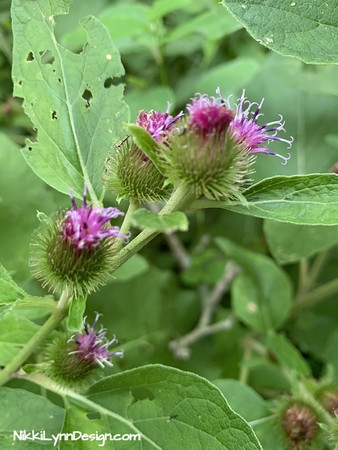
Tucked among the taller grasses, I often spot Burdock, a sturdy plant that blooms from July through October. Bridging the gap for pollinators during the leaner months.
Its flowers burst into spiky purple heads, providing essential pollen and nectar for honeybees. Especially around August when clover starts to fade and goldenrod hasn’t yet taken over. I’ve watched honeybees flock to these blooms on my walks, their diligent gathering a testament to nature’s timing.
In my experiences, Burdock has become a favorite for its reliability. It’s like a reliable friend showing up just when you need it most. While it’s not as flashy as some wildflowers, its role in supporting bees reminds me of the interconnected web of life, encouraging me to pay attention to these seasonal shifts and how they sustain our buzzing neighbors.
Eastern Harvestmen: The Gentle Wanderers
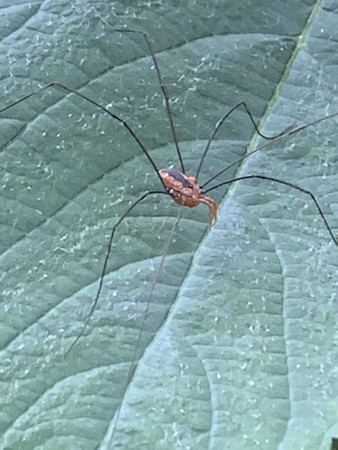
Amid the leaf litter and woodland edges, I came across what many folks around here call “daddy longlegs,” but their proper name is the Eastern Harvestmen.
Worldwide, there are about 6,650 species of these creatures, and they’re often mistaken for spiders. However, harvestmen are Opiliones, with those incredibly long legs and no venom glands, making them harmless wanderers rather than predators.
I remember pausing to observe one slowly navigating the underbrush, its oval body dotted with red parasites—a subtle sign of the challenges even the hardiest creatures face. In Wisconsin’s summer woods, they’re commonly found among the leaves, playing a role in breaking down organic matter. It’s a gentle nudge to appreciate the unsung heroes of the ecosystem, much like how I use my outings to slow down and notice the small details.
Red Admiral Having Lunch: A Quick Snack on Witch Hobble
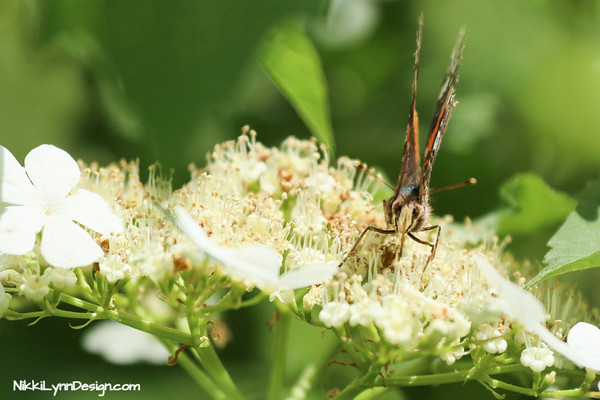
On my latest stroll, I paused to watch a Red Admiral butterfly snacking on the delicate blooms of Witch-Hobble, its wings fluttering like painted silk against the green backdrop.
This butterfly’s simple meal highlights how even common plants play a role in the food chain during peak summer.
It’s a moment that always makes me smile, reminding me of the subtle interactions that keep everything in balance. If you’re out exploring, keep an eye out for these butterflies—they add a splash of color and energy to the trails.
Spiderwort’s Summer Bloom: A Burst of Color

No walk through the wildflower fields would be complete without marveling at Spiderwort. Its clusters of blooms that light up the landscape.
These flowers burst forth for four to six weeks in summer, typically gracing Wisconsin from June through July, adding a pop of purple to the green tapestry.
I’ve always loved how Spiderwort appears just when you need a bit of cheer, its petals opening wide in the morning sun. In my experiences, they’ve become a reliable marker for the height of summer, drawing in pollinators and reminding me to celebrate the fleeting beauty of the season.
Cottonwood Trees Spreading Seed: A Fluffy Farewell
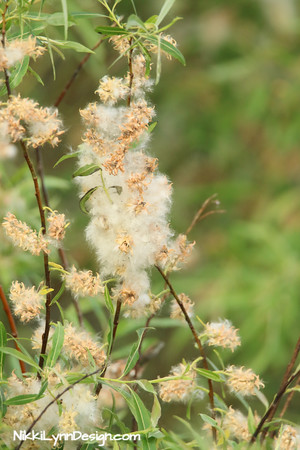
Have you noticed that fluffy stuff floating in the air lately? That’s the cottonwood trees wrapping up their season, with female trees releasing seeds on the wind while males handle the pollen.
It’s impossible to tell them apart unless they’re in bloom, but right now, it’s all about that whirlwind of fluff finding new homes—often landing on dried Bishop’s Lace in my neck of the woods.
I love how this spectacle signals the transition from midsummer to fall, even as it creates a bit of a mess. In my walks, I’ve seen it as a poetic reminder of nature’s persistence, though I always make sure to shake it off my clothes before heading home.
Bullhead Lilies Gonna Pop: Tadpole Time Ahead
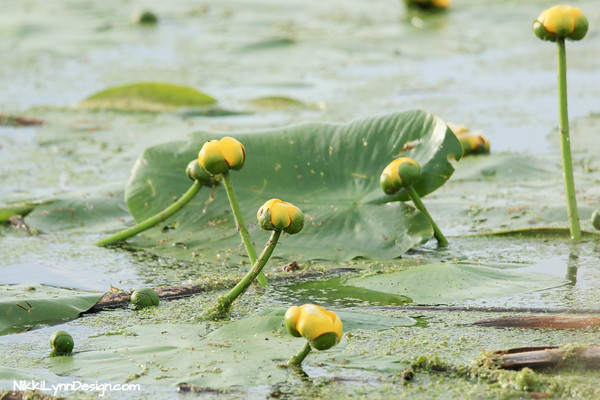
Oh, yes—soon the Bullhead Lilies will unfurl their flowers, and that means tadpole season is just around the corner here in the Midwest.
If you haven’t yet tracked the magical process of frogs growing their legs, add it to your list; it’s one of those simple joys that makes summer feel alive.
During my pond-side rambles, I’ve spent hours watching these early signs, feeling a rush of excitement for what’s to come. It’s a gentle cue to slow down and appreciate the water’s edge.
Practical Tips for Your Own Wildflower Adventures
Exploring these wonders is more than observation—it’s about engaging mindfully and safely. Here are a few updated tips from my own trails:
- Respect the Wildlife: Keep your distance from butterflies and bees to avoid startling them—observe from a few feet away and avoid touching plants like Witch Hobble.
- Plant for Pollinators: Add milkweed, Burdock, Spiderwort, or even native Bullhead Lilies to your garden to support local ecosystems.
- Stay Curious and Prepared: Carry a field guide for identifying butterflies, trees, or lilies; watch for cottonwood fluff and bullhead lilies starting to bloom as signs to check nearby water for tadpoles.
Reflections: Carrying the Magic Forward
Wandering these fields always leaves me with a sense of awe, from bumble bees’ pollen pockets to the flurry of cottonwood seeds and the promise of Bullhead Lilies. That wraps up another week of changes—Mother Nature has been one busy woman managing her to-do list, and I’m just grateful to be along for the ride.
What about you? Have you spotted a Red Admiral snacking or cottonwood fluff in the air lately? Share your stories or summer observations in the comments below—I’d love to hear how you’re connecting with nature. If this inspires you, grab your walking shoes and head out today—what hidden wonders might you uncover? 😊
